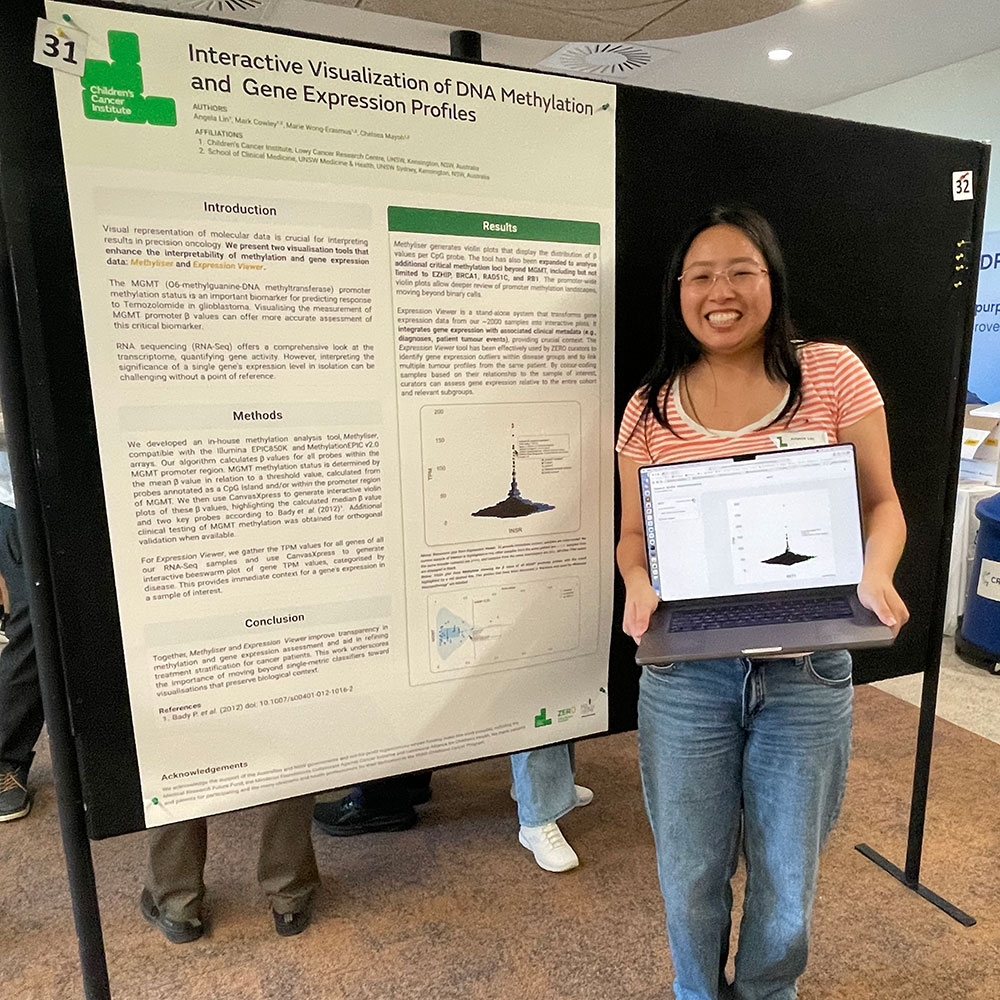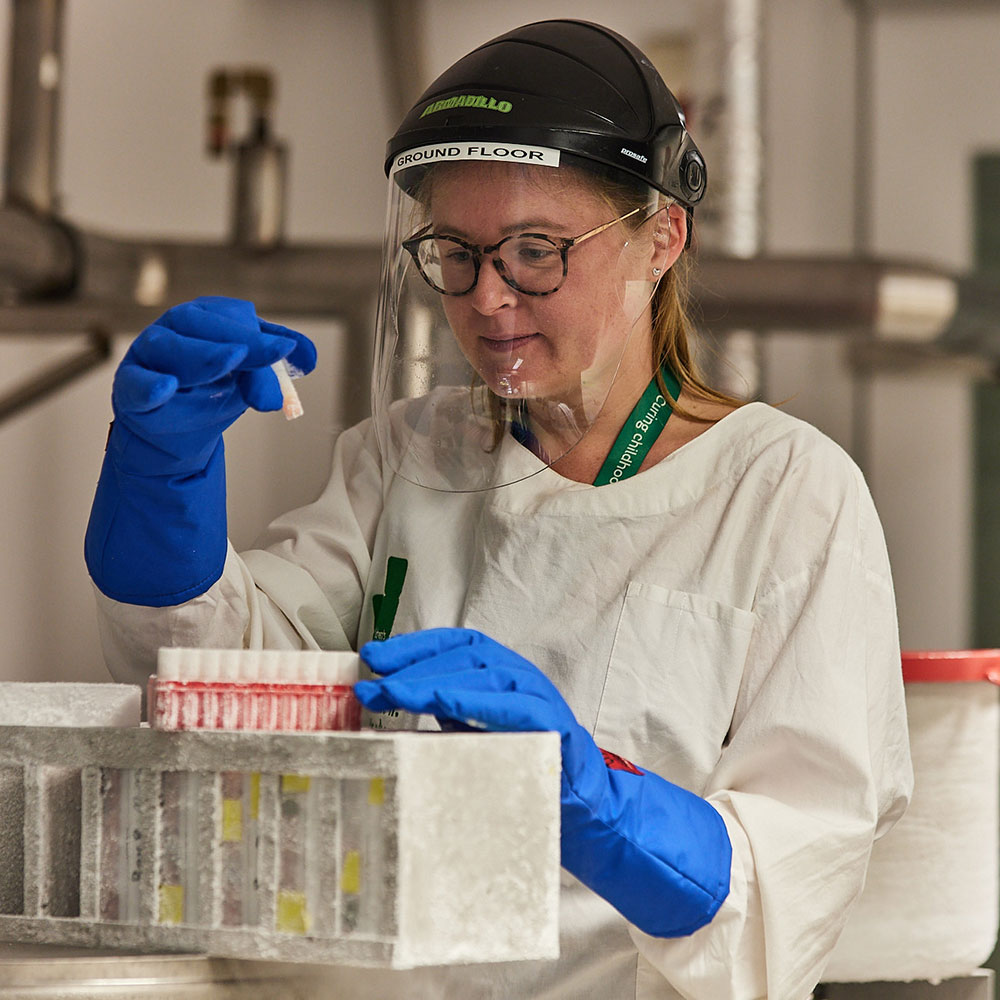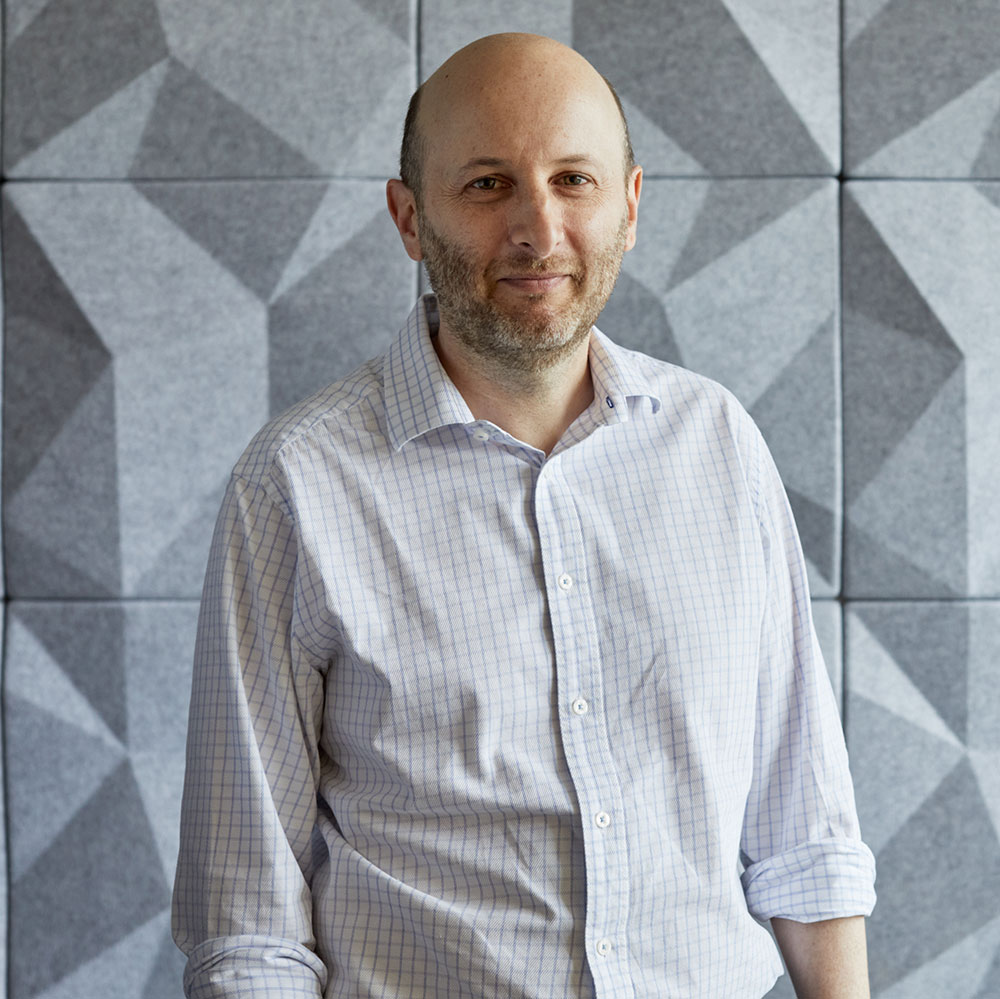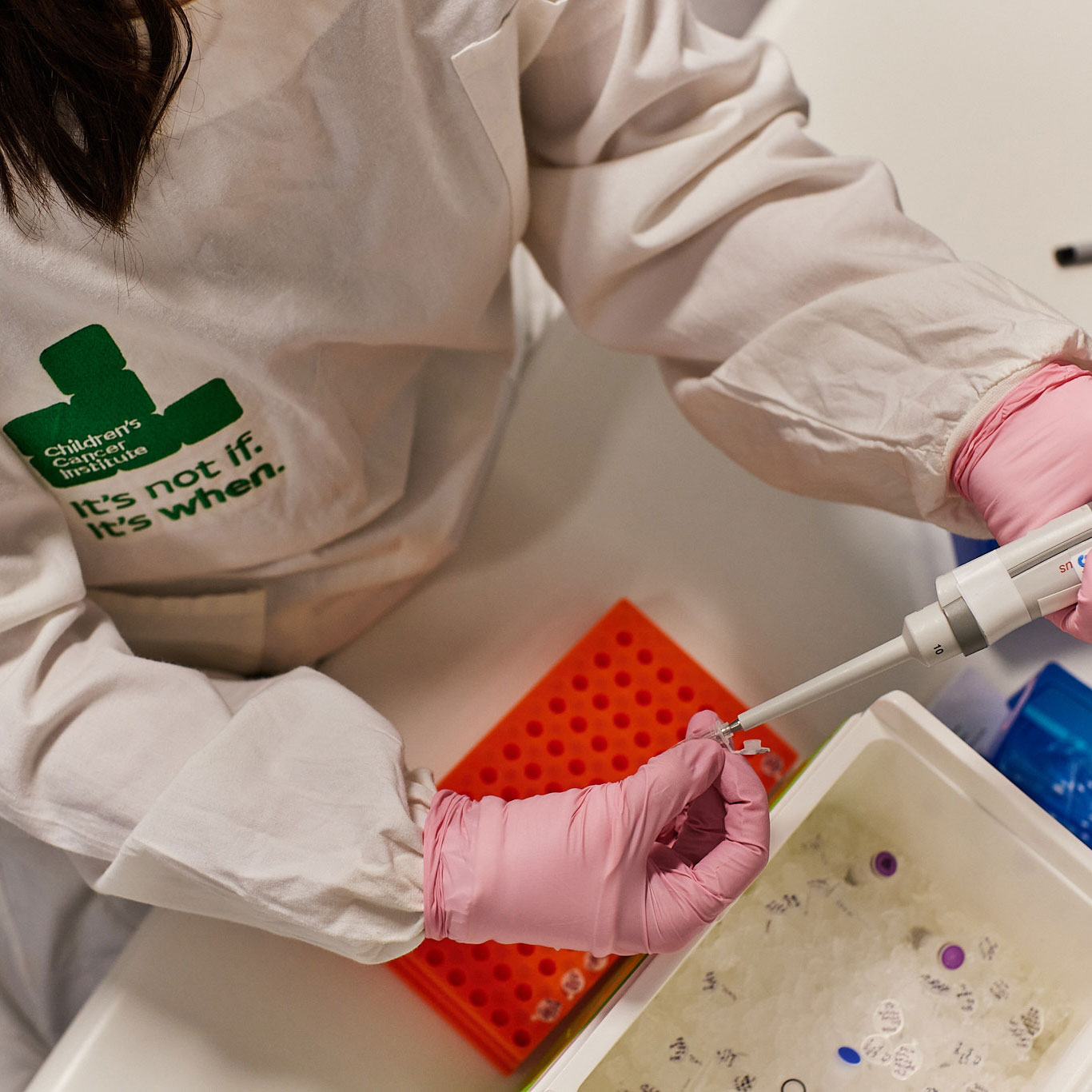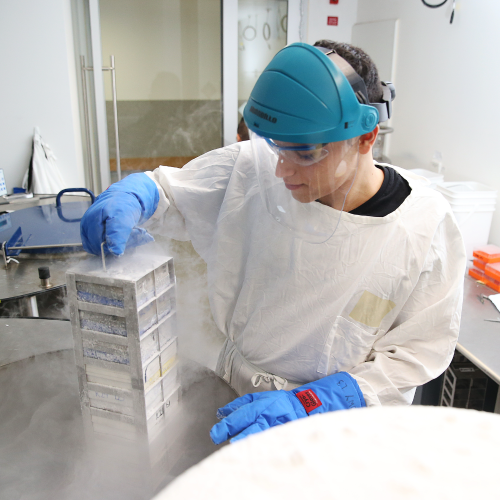So far we’ve looked at how we start with the basics to understand cancer and identify new targeted therapies, and how we test those therapies in the lab. This week we take you from ‘bench to bedside’, as the most promising experimental drugs reach the next stage of the journey – a clinical trial.
Trail of a successful trial
More than 85% of children with acute lymphoblastic leukaemia (ALL) can be cured. While clinical remission is initially achieved in almost every patient, about a fifth later relapse due to small numbers of cancer cells persisting throughout treatment (‘minimal residual disease’ or MRD).
Our minimal residual disease group developed a highly sensitive DNA test that can detect leukaemia cells remaining after treatment, even when there is only one leukaemia cell in 100,000 normal bone marrow or blood cells. Since 2002, treatment decisions for children newly diagnosed with ALL have been based on MRD testing performed to measure early response to chemotherapy and predict likelihood of relapse.
A clinical trial of MRD testing, accompanied by appropriate follow-up treatment, resulted in a doubling of survival of high-risk children with ALL – from 35% to 70%. Because of that result and others, MRD testing is now ‘standard of care’ therapy for children diagnosed with ALL nationally and internationally.
What is a cancer clinical trial?
This is a carefully designed study in patients that evaluates a potential new cancer treatment.
It often involves testing a drug on its own (as a ‘single agent’) or in a combination of drugs, which is generally more effective. If it’s the first time the drug is being given to people, especially children, it’s important to ensure that it’s safe and effective, i.e. has tolerable side-effects and attacks the cancer. Because childhood cancer is different from adult cancer, and children’s bodies are growing, the effects of drugs and other treatments can be different on children. So clinical trials for children are particularly vital.
Clinical trials of new drugs are designed to answer questions such as:
- What is the drug’s optimal dose?
- Are there any side-effects?
- What’s the best way to administer the drug?
- Is the new treatment more effective than the current one?
- Which cancers are most effectively treated with the new drug?
Another type of clinical trial is an adaptive trial. In this type of trial, the patient’s response to treatment is monitored and treatment is adapted accordingly.
Many potential cancer treatments that go through clinical trials turn out to be less effective than the current treatment, or too toxic. But those that do prove better than the current treatment, and have tolerable side-effects, often go on to become the new ‘standard of care’. Recently a new immunotherapy treatment was approved in the US for children with leukaemia, for example. Either way, the trial’s results are published to inform future clinical trials and preclinical research.

Federal Health Minister, the Hon Greg Hunt MP, meets Ava and her mum Sherie in the Kids Cancer Centre at Sydney Children's Hospital, Randwick.
Children’s participation in cancer clinical trials is much higher than adults’. This is one of the reasons childhood cancer rates overall have improved so substantially over the past thirty years. An analysis of US National Cancer Institute (NCI) Cooperative Group trial enrolment from 1998 to 1999, for example, showed that approximately 2.5% of adult cancer patients participate in clinical trials, compared to 50% of children aged zero to 14 years. A list of current clinical trials in Australia and New Zealand can be found at the Australian New Zealand Clinical Trials Registry.
Trialling DFMO for relapsed neuroblastoma
Children’s Cancer Institute and Sydney Children’s Hospital, Randwick, are conducting an international clinical trial designed to help combat neuroblastoma – the most common solid tumour to affect infants and young children today.
This trial, commenced in 2014 and due to finish next year, is for children diagnosed with relapsed neuroblastoma. It’s testing an existing drug, Difluoromethylornithine (DFMO), previously used for treating the tropical disease African Sleeping Sickness. In last week’s Awareness Wednesday post we looked at the ‘repurposing’ of this drug to treat neuroblastoma. Repurposing or repositioning an already-approved drug gets it into the clinic faster for treating childhood cancer.
The clinical trial is led by A/Prof David Ziegler, Paediatric Oncologist for the Kids Cancer Centre at Sydney Children’s Hospital, Randwick, and Group Leader of the Targeted Therapy group at Children’s Cancer Institute. It is being run across 14 hospitals in North America and Sydney Children’s Hospital, Randwick.
The cost of DFMO for this clinical trial is being supported by The Kids Cancer Project and Lions Childhood Cancer Research Foundation.
A national personalised medicine clinical trial for children
This week marked the launch of the national clinical trial for Zero Childhood Cancer, and is a personalised medicine trial for children with the highest-risk cancers. Every child’s cancer is unique. In this trial, individual patients’ cancer cells will be extensively analysed to identify the drug(s) most likely to be effective against them. You may have seen some of the media coverage this week, such as this ABC story about the opening of the clinical trial for Zero Childhood Cancer.

Prof Michelle Haber being interviewed TV crew.
This clinical trial will allow personalised medicine to be assessed as a treatment approach for children with the most aggressive cancers.
Next week we’ll be looking at the future of childhood cancer research, including personalised medicine approaches. Read more about this exciting program on the Zero Childhood Cancer website.



